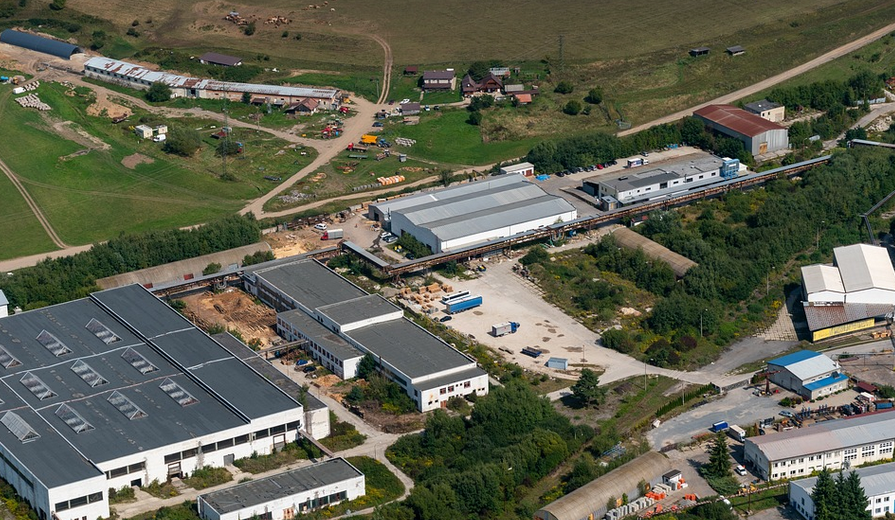
What Makes a Welding Cord Special?
We’ve all been there, folks. You need that extra punch of power for your welding project, but the outlet just doesn’t cut it. Enter: the 220-volt extension cord for welders! These cords are like superhero capes for your tools, giving you the juice you need to tackle those intricate welds and large projects with ease.
But why stop at just “extension cord”? Well, these aren’t just any old power cables. They have a specific set of features that make them ideal for welders. First off, they’re designed to handle big power loads – think of those massive welding machines and their serious energy demands. These cords are built tough, with thicker wire gauges and superior insulation that can keep up with the heat.
Understanding 220V: The Voltage Difference
Before diving into specifics, let’s get one thing straight: 220-volt welding cords aren’t your average house outlet. These bad boys are designed to handle higher amperage and voltage levels – essential for the intense work of welding.
Think about it this way: a standard household outlet provides around 120 volts, which isn’t quite enough for heavy-duty tasks like welding. But, a 220-volt circuit is the equivalent of having an extra boost in power – imagine pushing your machine harder and achieving even better results.
Factors to Consider When Choosing a Welding Extension Cord:
So, you’ve got yourself some welding magic! Now comes the fun part: choosing the perfect extension cord to fuel those flames. Here are some key factors to prioritize:
* **Amperage:** This is the measure of how much electrical current the cord can handle. It’s crucial for your welder’s power requirements – a 20-amp cord might struggle to run a heavy-duty arc welder, while a 50-amp cord will handle it with ease.
* **Voltage:** Make sure you match the voltage rating of your welding machine. 220 volts is usually what most welders require. If your machine runs on 120V, then 120-volt cords will be suitable.
* **Durability and Safety:** Welding can get messy, so invest in a cord with robust construction for those rough-and-tumble jobs. Look out for weatherproof covers and thick wires to prevent damage. * **Length:** How far is your welding station from the power source? A longer cord will be more convenient if you’re working on large projects or in remote locations.
* **Safety Features:** Look for cords with grounding plugs, offering extra protection against electrical shocks and fire hazards.
Real-World Applications: The Power of 220V
Imagine this: You’ve got a massive project – rebuilding a vintage truck frame or creating intricate metal art – and you need the power to handle it. A 220-volt welding extension cord will be your trusty sidekick, providing the necessary juice for those big projects.
But these cords are also fantastic for everyday welders working on smaller projects like repairing fences, crafting furniture, or even just learning the ropes of this rewarding craft.
The Importance of Safety: A Final Word
Welding with power is serious business. You’re dealing with high voltages and currents that can be extremely dangerous if handled improperly. Always prioritize safety!
Before operating any welding equipment, ensure you have the necessary knowledge to do so safely. Read your welder’s manual thoroughly, understand how voltage and amperage work, and always wear proper protective gear such as gloves, goggles, and leather-based shoes.